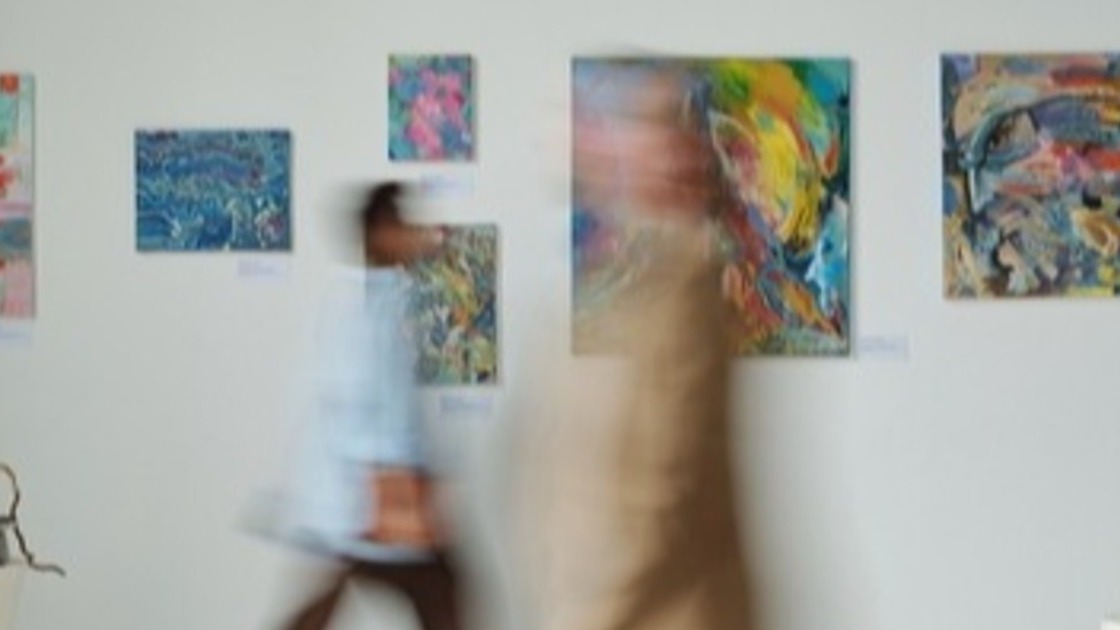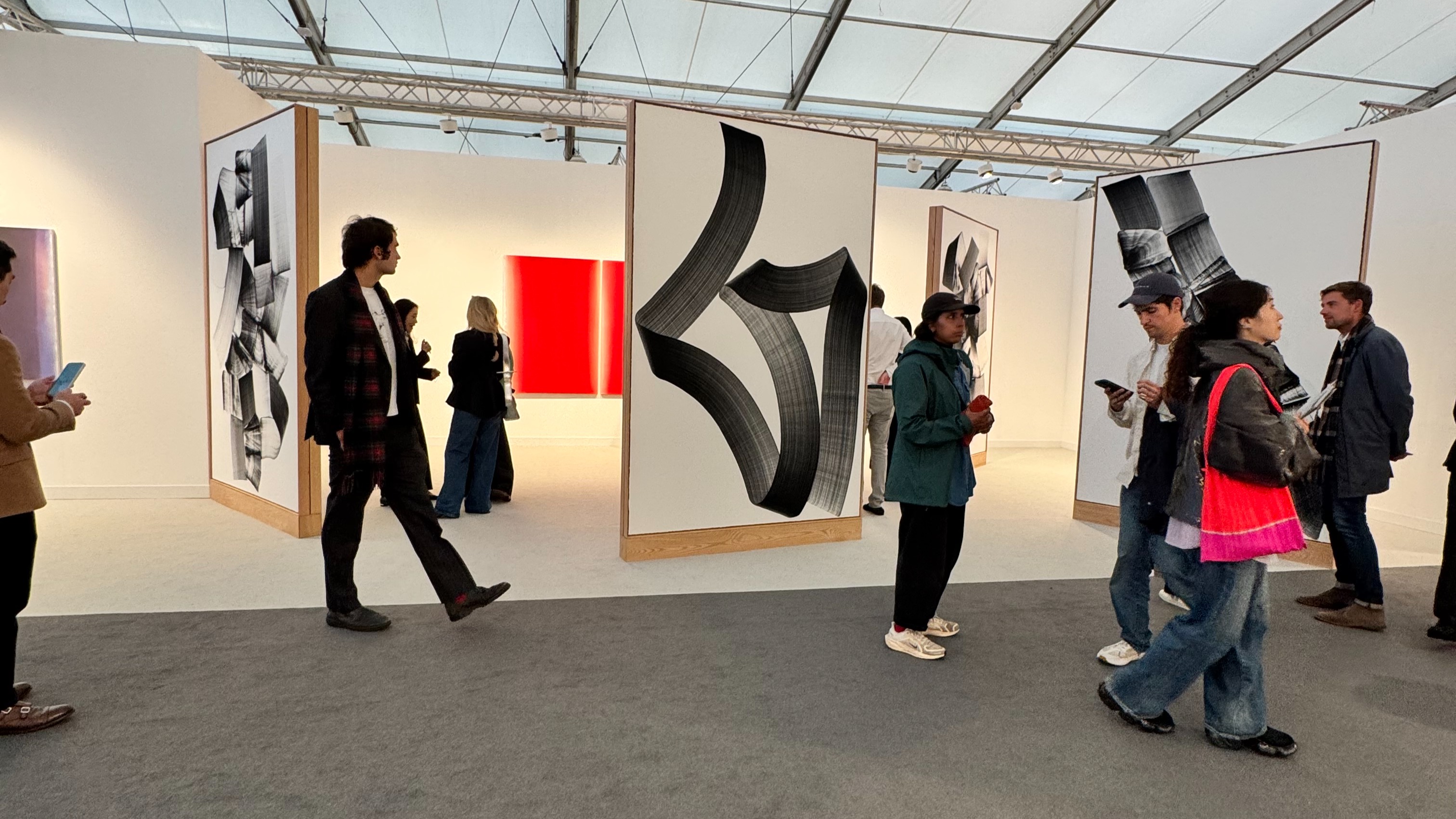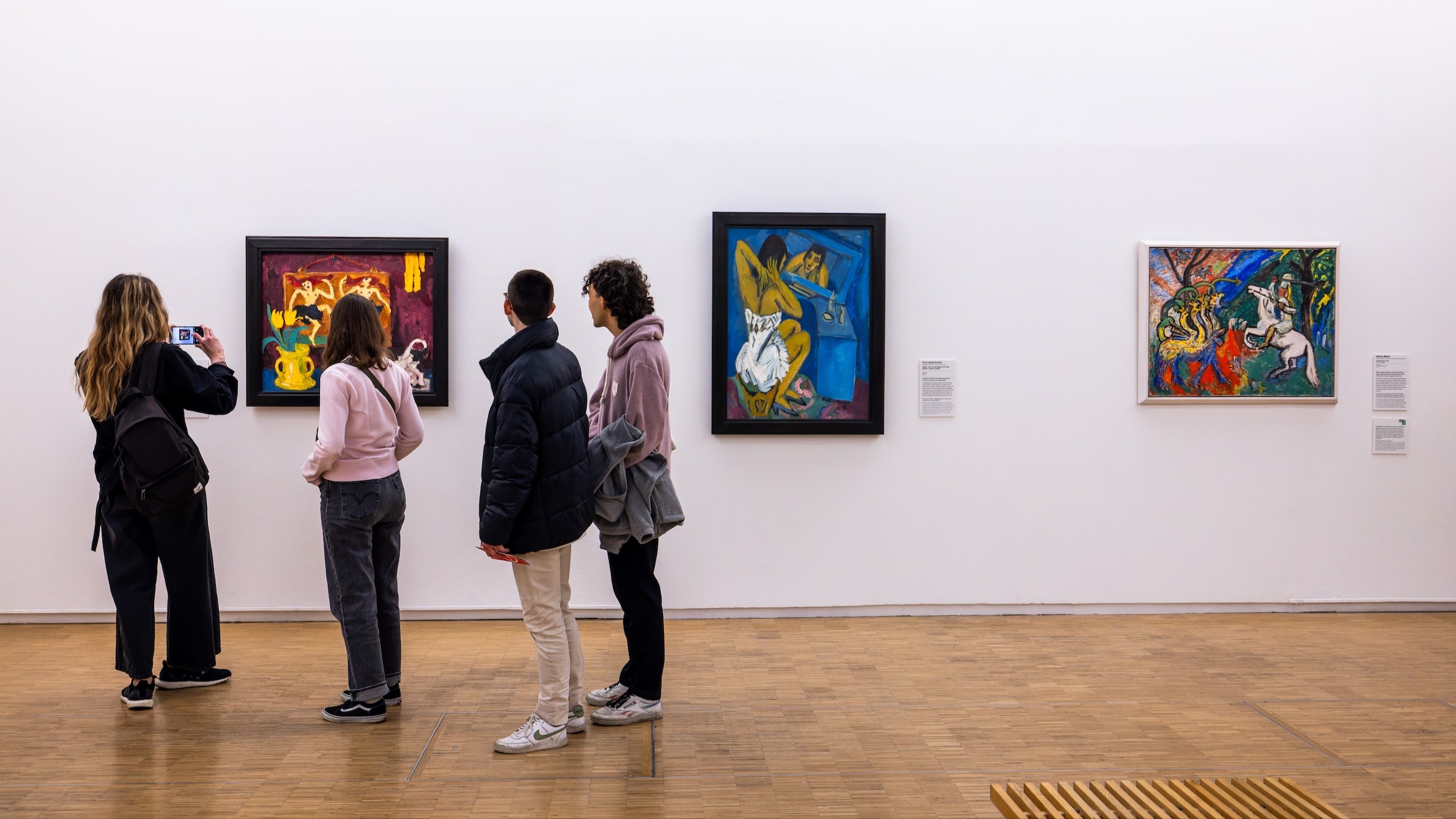
What to Expect From the Art Market in the Rest of 2025
With the first half of 2025 behind us, the global art market is cautiously regaining its footing. While it’s not the rebound some were hoping for after the uneven years following the pandemic boom, it is a market becoming more mature, more selective and less reliant on spectacle. Major houses, such as Christie’s, Sotheby’s and Phillips, all reported a softening in sales, with combined auction totals slipping by about 6% year-on-year. However, the story isn’t one of collapse; rather, it's a reflection of recalibrated appetites and evolving collector behaviour.
Despite fewer lots on offer and a noticeable absence of high-profile single-owner sales, average prices are creeping up, rising roughly 4% this spring to about $281,000 per lot. Buyers appear increasingly interested in quality over quantity. That said, the reality is mixed: just over half of all paintings sold exceeded their high estimates, while nearly a third failed to meet their reserves. This bifurcation is likely to persist in the coming months, with demand focusing on rare, historically important or emotionally resonant works.
Private sales have continued their steady rise and now make up nearly a quarter of total turnover at leading auction houses. This is in part due to discretion-driven formats like 'private auctions', or invite-only, high-stakes transactions held away from the public gaze. These hybrid models, which combine elements of auction theatre with the confidentiality of private sales, have gained traction in 2025. Notably, Lévy Gorvy Dayan’s orchestrated sale of a Francis Bacon via this format earlier this year signaled how major players are adapting to the shifting psychology of collectors.
Indeed, collector behaviour is changing. Data from Artsy suggests nearly 70% of collectors hesitated to purchase art this year due to a lack of transparent pricing or incomplete provenance. Galleries have taken note. Many are pivoting online not simply for visibility, but to build trust. Around 55% of surveyed galleries said they were increasing digital storytelling and educational content in a bid to close that confidence gap. This is not just a play for younger buyers, but a necessity in a post-COVID environment where informed, slow buying has replaced impulse-driven speculation.
Regional dynamics are also evolving in subtle but telling ways. China, once a juggernaut, has seen its share of global art sales fall significantly, down 31% last year and showing only modest signs of recovery in 2025. In contrast, the United States and United Kingdom are maintaining their positions as the dominant markets, together accounting for over 60% of global sales. This rebalancing reflects broader geopolitical uncertainties, but also the growing maturity of Western markets in diversifying their offerings and investing in infrastructure, from logistics to digital sales platforms.
Interestingly, Old Masters — a category often overlooked in modern cycles — have experienced something of a renaissance this year. A Canaletto landscape sold for £31.9 million at Christie’s in London this spring, and ArtTactic reports that overall sales in the category are up 36% year-on-year. It's a reminder that even in a contemporary-heavy market, certain historical genres still carry weight, especially when they’re well preserved and fresh to market.
Looking ahead, the rest of 2025 is unlikely to see explosive growth, but that may not be a bad thing. The art world is moving away from boom-bust cycles and toward steadier, more resilient patterns. Blue-chip galleries are focusing on nurturing relationships and long-term placements, rather than chasing short-term returns. Regional art fairs and emerging market showcases, particularly in Latin America, Southeast Asia and Africa, are gaining international attention, offering new collectors access to underrepresented artists and more affordable price points.
Even within contemporary art, there's a shift in narrative. Fewer Instagram-driven, hype-cycle artists are dominating headlines. Instead, there’s growing collector interest in works that are biographically rich, politically nuanced or rooted in overlooked art histories. A striking example came in May, when a 1954 painting by Indian modernist M.F. Husain achieved $13.7 million, resetting the record for South Asian art and affirming a global appetite for narratives that go beyond the Western canon.
As for technology, AI-generated works are sparking both curiosity and controversy, especially as research into perception and framing effects begins to influence how these pieces are received by institutions and collectors alike. Museums are experimenting with how to present AI art in ways that acknowledge its novelty without undermining its artistic legitimacy — a conversation that’s bound to intensify through the end of the year.
In many ways, 2025 may be remembered not for any spectacular auctions or meteoric price spikes, but for a quiet turning point — a year in which the art market began to shed some of its volatility and reassess its values. The final months of the year will likely continue this pattern: slower-paced, more private and more deliberate. Buyers and sellers alike seem to be leaning into a different kind of confidence — one not driven by headlines, but by long-term vision, cultural depth and a renewed sense of purpose.
Sources
-
Financial Times, 'The art market has become a hamster wheel – can its players afford to step off?',
https://www.ft.com/content/01aa09e2-b9a6-4572-86e3-e4c332aff682 -
Financial Times, 'Private auctions on the rise as wealthy art collectors shun publicity',
https://www.ft.com/content/eef49d77-dfc2-4c14-8a95-d61a29c3c9b0 -
Barron’s, 'The Picture Isn’t Pretty for Art. Sales Are in a Deep Slump',
https://www.barrons.com/articles/art-sales-slump-auctions-christies-sothebys-aff8ab1c -
Art Basel x UBS, 'The Art Market 2024',
https://theartmarket.artbasel.com/global-market -
ArtTactic, 'ArtTactic Mid-Year Review 2025',
https://arttactic.com -
Artsy, 'Key Art Market Trends in 2025',
https://www.artsy.net/article/artsy-editorial-art-market-trends-2025 -
arXiv, 'Framing Effects and Perception in AI Art',
https://arxiv.org/abs/2503.07685




